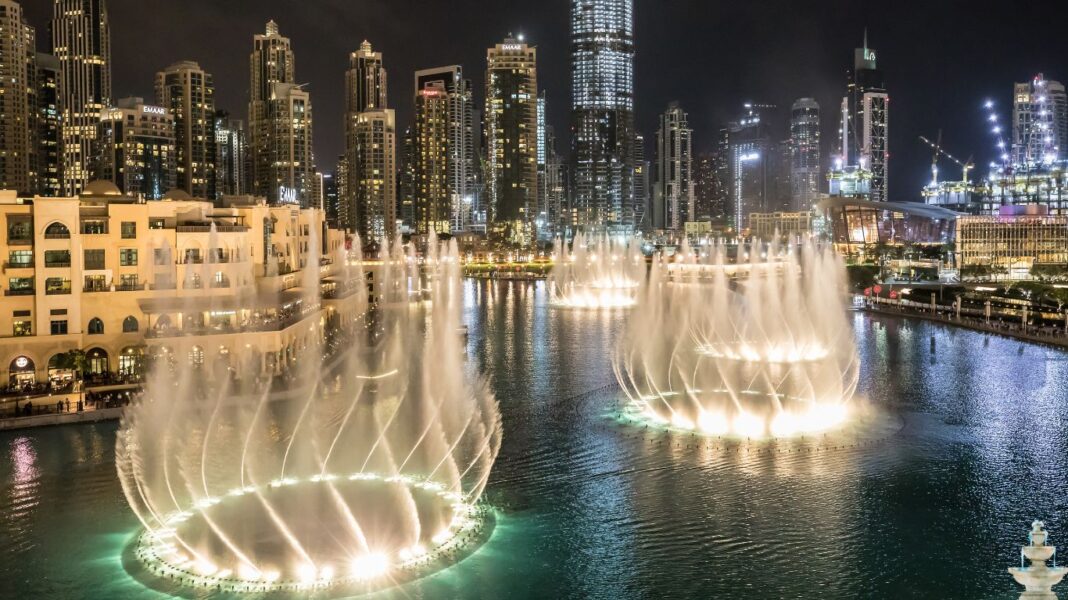Music fountains, also known as dancing fountains, have always captivated audiences with their blend of water, light, and sound. Over the years, the technology and standards governing the construction of these mesmerizing installations have evolved significantly. Today, innovative trends are setting new benchmarks in the industry, ensuring that music fountains are more spectacular, efficient, and sustainable than ever before.
Integration of Smart Technology
One of the most prominent trends in music fountain construction is the integration of smart technology. Advanced control systems allow for precise synchronization of water jets, lights, and music, creating intricate performances that can be easily programmed and updated. These systems often use wireless technology, making it easier to manage and modify fountain displays remotely.
Energy Efficiency and Sustainability
Sustainability is a growing concern in all areas of construction, and music fountains are no exception. Modern fountains are designed with energy-efficient pumps and LED lighting, which consume significantly less power compared to traditional systems. Additionally, water recycling systems are being implemented to minimize water waste, ensuring that fountains are not only beautiful but also environmentally friendly.
Advanced Material Usage
The materials used in the construction of music fountains have also seen significant advancements. High-strength, corrosion-resistant materials ensure the longevity and durability of the fountain structures. Additionally, innovative coatings and finishes are used to protect the components from weathering and wear, extending the lifespan of the installations.
Interactive Features
Interactive fountains are becoming increasingly popular, allowing visitors to engage with the fountain displays. Sensors and motion detectors enable the water jets and lights to respond to the presence and movement of people, creating a dynamic and immersive experience. This interactivity not only enhances the entertainment value but also encourages greater public engagement.
Customization and Modularity
Customization is a key trend in music fountain construction. Modern fountains can be tailored to fit specific themes, cultural contexts, and client preferences. Moreover, modular designs are becoming more common, allowing for easy installation, maintenance, and upgrades. This flexibility ensures that music fountains can evolve over time, incorporating new technologies and design elements.
Advanced Sound Systems
The quality of the audio experience in music fountains has improved dramatically. High-fidelity sound systems with precise spatial audio capabilities ensure that the music complements the visual display perfectly. Advanced acoustic engineering techniques are employed to ensure that the sound is evenly distributed and clear, regardless of the size and shape of the installation area.
Frequently Asked Questions (FAQs)
Q: What are the benefits of using LED lighting in music fountains?
A: LED lighting offers several benefits, including lower energy consumption, longer lifespan, and a wide range of color options. LEDs can be easily synchronized with music and water movements, enhancing the overall visual impact of the fountain.
Q: How do modern music fountains achieve water recycling?
A: Modern music fountains use sophisticated filtration and recirculation systems to treat and reuse water. These systems filter out impurities and contaminants, ensuring that the water remains clean and safe for use, while significantly reducing water wastage.
Q: What kind of maintenance is required for music fountains?
A: Regular maintenance for music fountains includes cleaning filters, checking and servicing pumps and nozzles, inspecting electrical systems, and ensuring that all components are functioning correctly. Advanced monitoring systems can provide real-time data, making it easier to identify and address maintenance needs promptly.
Q: Can music fountains be customized for different events and seasons?
A: Yes, music fountains can be highly customized to fit different themes, events, and seasons. Programmable control systems allow for easy changes in the choreography of water jets, lights, and music, making it possible to create unique displays for holidays, festivals, and special occasions.
Q: Are there any environmental considerations in the construction of music fountains?
A: Yes, modern music fountains are designed with environmental considerations in mind. Energy-efficient technologies, water recycling systems, and sustainable materials are commonly used to minimize the environmental impact. Additionally, careful planning and design can ensure that fountains are both aesthetically pleasing and environmentally responsible.
In conclusion, the construction standards for music fountains are continuously evolving, driven by technological advancements and a growing emphasis on sustainability. These innovative trends are transforming music fountains into more interactive, efficient, and customizable installations, enhancing their appeal and functionality for audiences worldwide.


